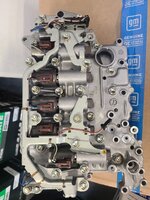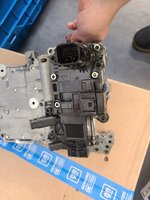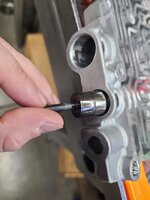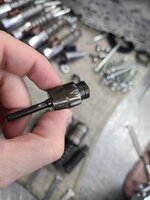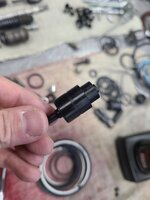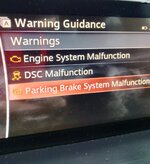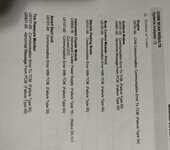2016 Mazda 6 GT
90,000 miles
2nd owner (so powertrain warranty expired 7 months from in-service date, earlier this year)
I've kept the car in great shape.
The last few days, it has been experiencing transmission delays. Mostly when the engine is cold, when I shift from P to D, it does not engage for about 5 seconds, I then feel two short "shudders", and the drive is then engaged and the transmission operates flawlessly from that point on. Car drives great.
Had it at the Mazda dealer today. They were able to recreate the issue right away. They did a thorough checkup and found absolutely no issues.
No fault codes. Transmission checked out good, fluid good, levels good. No other issues. It was in the shop for a couple hours.
The tech surmised that it would most likely be a Transmission Control Module fault, even though it's not reading any faults. They checked for TCM updates but none were available.
They said it was OK to keep driving it since there were no issues discovered. However, they said if it's the TCM, it cannot be replaced without replacing the entire transmission.
No idea what to expect from this point, I feel like my car is broken even though it's in great shape otherwise.
Any ideas? Is this problem likely to get worse?
If I decide to get rid of the car, how much will this affect the trade-in value?
Thanks in advance.
90,000 miles
2nd owner (so powertrain warranty expired 7 months from in-service date, earlier this year)
I've kept the car in great shape.
The last few days, it has been experiencing transmission delays. Mostly when the engine is cold, when I shift from P to D, it does not engage for about 5 seconds, I then feel two short "shudders", and the drive is then engaged and the transmission operates flawlessly from that point on. Car drives great.
Had it at the Mazda dealer today. They were able to recreate the issue right away. They did a thorough checkup and found absolutely no issues.
No fault codes. Transmission checked out good, fluid good, levels good. No other issues. It was in the shop for a couple hours.
The tech surmised that it would most likely be a Transmission Control Module fault, even though it's not reading any faults. They checked for TCM updates but none were available.
They said it was OK to keep driving it since there were no issues discovered. However, they said if it's the TCM, it cannot be replaced without replacing the entire transmission.
No idea what to expect from this point, I feel like my car is broken even though it's in great shape otherwise.
Any ideas? Is this problem likely to get worse?
If I decide to get rid of the car, how much will this affect the trade-in value?
Thanks in advance.

